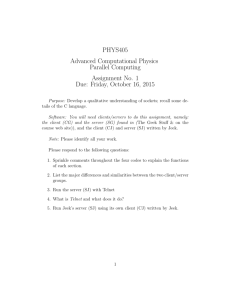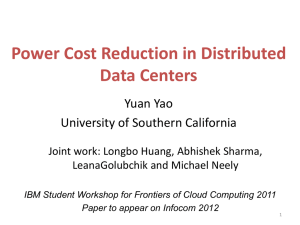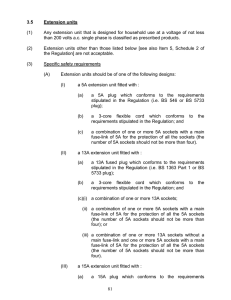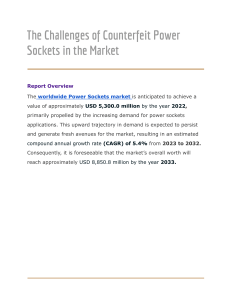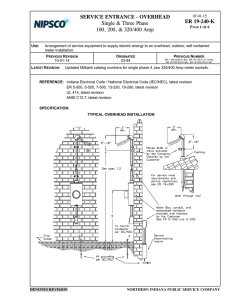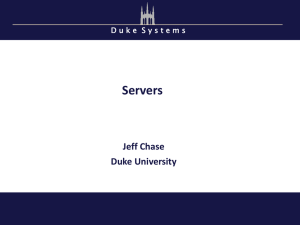Measuring the Capacity of a Web Server
advertisement
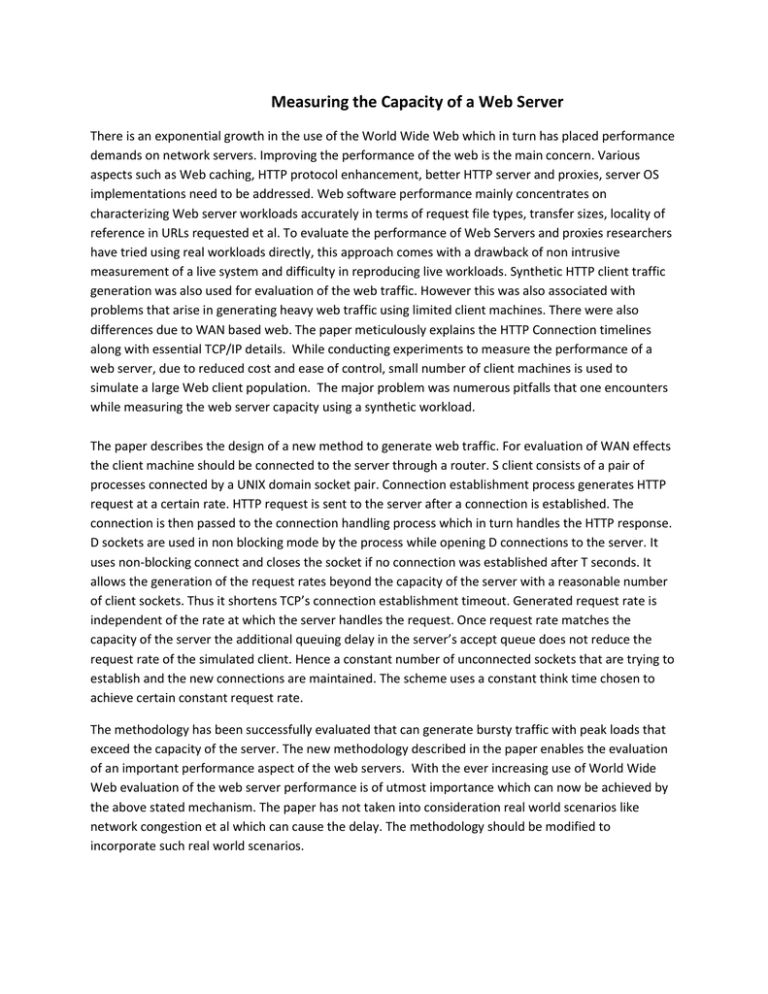
Measuring the Capacity of a Web Server There is an exponential growth in the use of the World Wide Web which in turn has placed performance demands on network servers. Improving the performance of the web is the main concern. Various aspects such as Web caching, HTTP protocol enhancement, better HTTP server and proxies, server OS implementations need to be addressed. Web software performance mainly concentrates on characterizing Web server workloads accurately in terms of request file types, transfer sizes, locality of reference in URLs requested et al. To evaluate the performance of Web Servers and proxies researchers have tried using real workloads directly, this approach comes with a drawback of non intrusive measurement of a live system and difficulty in reproducing live workloads. Synthetic HTTP client traffic generation was also used for evaluation of the web traffic. However this was also associated with problems that arise in generating heavy web traffic using limited client machines. There were also differences due to WAN based web. The paper meticulously explains the HTTP Connection timelines along with essential TCP/IP details. While conducting experiments to measure the performance of a web server, due to reduced cost and ease of control, small number of client machines is used to simulate a large Web client population. The major problem was numerous pitfalls that one encounters while measuring the web server capacity using a synthetic workload. The paper describes the design of a new method to generate web traffic. For evaluation of WAN effects the client machine should be connected to the server through a router. S client consists of a pair of processes connected by a UNIX domain socket pair. Connection establishment process generates HTTP request at a certain rate. HTTP request is sent to the server after a connection is established. The connection is then passed to the connection handling process which in turn handles the HTTP response. D sockets are used in non blocking mode by the process while opening D connections to the server. It uses non-blocking connect and closes the socket if no connection was established after T seconds. It allows the generation of the request rates beyond the capacity of the server with a reasonable number of client sockets. Thus it shortens TCP’s connection establishment timeout. Generated request rate is independent of the rate at which the server handles the request. Once request rate matches the capacity of the server the additional queuing delay in the server’s accept queue does not reduce the request rate of the simulated client. Hence a constant number of unconnected sockets that are trying to establish and the new connections are maintained. The scheme uses a constant think time chosen to achieve certain constant request rate. The methodology has been successfully evaluated that can generate bursty traffic with peak loads that exceed the capacity of the server. The new methodology described in the paper enables the evaluation of an important performance aspect of the web servers. With the ever increasing use of World Wide Web evaluation of the web server performance is of utmost importance which can now be achieved by the above stated mechanism. The paper has not taken into consideration real world scenarios like network congestion et al which can cause the delay. The methodology should be modified to incorporate such real world scenarios.



